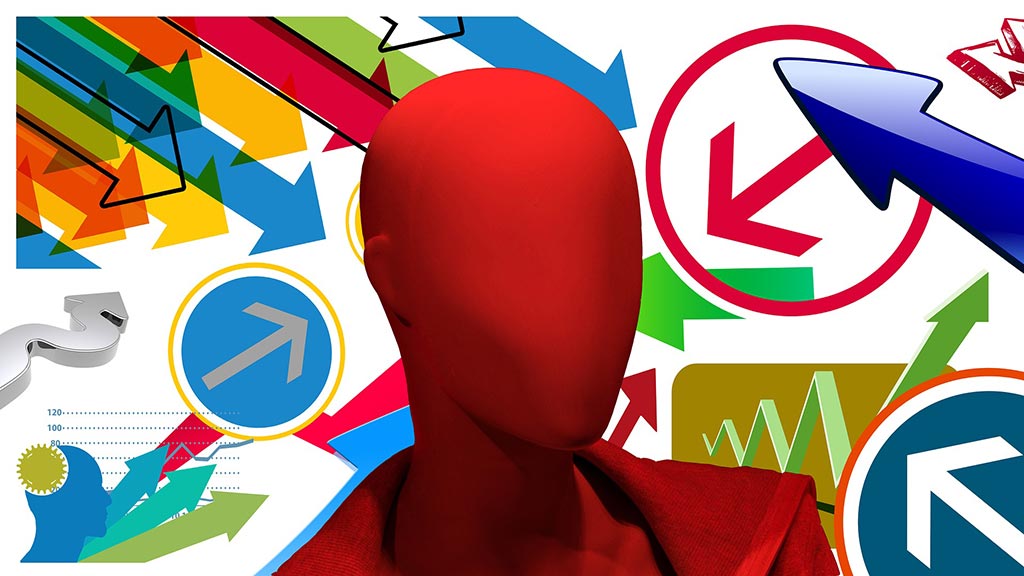Stress: Normal or Dangerous?
Back to: Helpers Care for Themselves
 geralt, pixabay
geralt, pixabay
When asking people „What is stress?“ one can get a colourful variety of replies, e.g. „time pressure“, „multitasking“, „nervousness“, „anxiety“ or „excessive demands“.
Since we would like to avoid confusion it is essential to differentiate between stress triggers and stress reactions.
Stress triggers
In general, stress triggers are conditions or demands in our environment that are followed by a stress reaction.
Stress arises (…) when a person believes that he/she is inadequately equipped to deal with the exigencies of a situation. 1
According to the quotation of the psychologist and stress expert Gert Kaluza, a stress trigger can be anything: a task, a situation, a demand. Maybe you have too many tasks to fulfill at the same time, or you have to do something you do not really feel you are competent for. The crucial condition is that the individual feels overstrained by the situation and unable to cope with it.
Stress reactions
When stress is triggered, the whole person reacts. Stress reactions can be observed on different levels.
When stress arises the body shows changes that physiologically activate energy: The heart beats faster, the muscle tonus increases, breathing accelerates. These physical reactions have the aim to mobilise the individual for immediate acting. Psychologists speak of a „fight or flight“-reaction which is very useful for coping with short-term demands.
If this state of activation, however, is maintained over a longer period or recurs frequently, it can cause exhaustion and in the long run damaging health consequences.
In stressful situations individuals show typical acting patterns such as:
- hasty and impatient behaviour (e.g. accelerated eating and speaking, interrupting others when speaking);
- increased consumption of food, alcohol, nicotine, coffee or drugs (pain killers, tranquilisers, stimulants);
- uncoordinated working, e.g. lack of planning and overview, doing everything at the same time;
- forgetting, losing or misplacing things;
- motor restlessness, e.g. jiggling of feet, drumming of fingers, scratching, fidgeting clothes;
- conflict-prone dealing with other people, e.g. aggression or irritability, frequent disputes, lack of patience.
This level cannot be directly observed but reflects the inner processes of people who feel stressed. Typical thoughts and feelings are:
- inner restlessness, nervousness and hurriedness;
- discontent, anger and enragement;
- fear of failure or disgrace;
- thoughts and feelings of helplessness and powerlessness;
- self-reproaches and feelings of guilt;
- circling thoughts, ruminating;
- „empty head“, blackout;
- mental blocks, lack of concentration.
Altogether we can sum up: Stress causes a general activation affecting physical functions, thoughts and feelings and behaviour.
The physical, behavioural, cognitive and emotional stress reactions can accelerate each other which has the effect that we experience stress longer or more intense. On the other hand it is possible to soothe or soften the stress reaction when we manage to get a positive impact on one of the levels: If we, for example, reduce the physical stress reaction by relaxation exercises or sport this has also a relaxing impact on the cognitive-emotional and behavioural levels.
External requirements and demands play important roles for the arising of stress. But on the other hand, our inner expectations and attitudes are at least as important. Persons who claim to do everything perfectly, for example, run a by far higher risk for stress experiences than individuals who are more lenient towards themselves. Thus, it has to be stated: Individual attitudes have the power to reinforce or diminish the experience of stress.
On the next pages we would like to show you how to reduce stress and to handle your tasks in a healthy way.